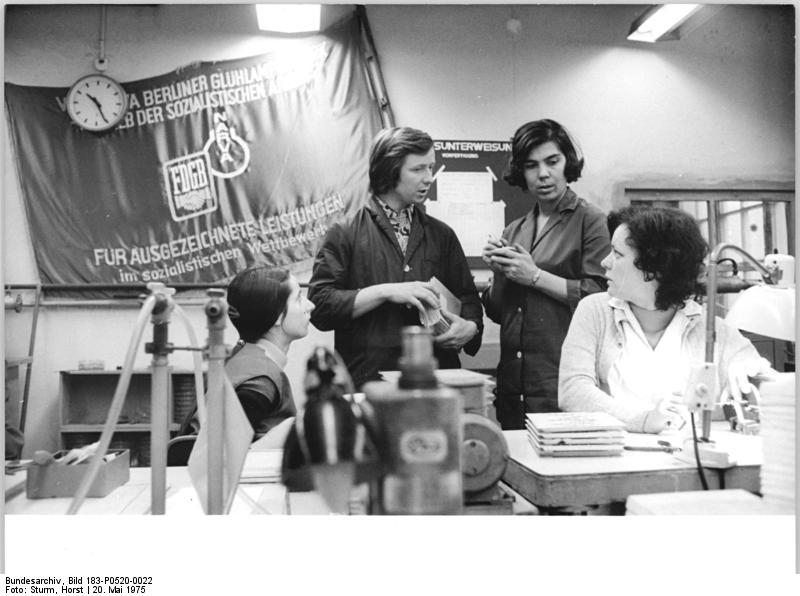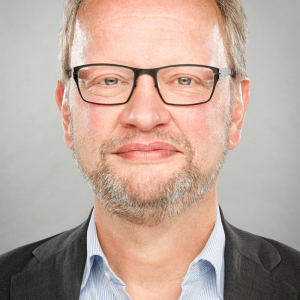The objective of this project is a compact portrayal of the social history of the SED dictatorship that combines the findings of the political history of the regime with analyses of the social structures and ranges of experience in East German society. In its focus it ties in with public debates on the mental and social legacy of East German state socialism and takes stock of the intensive as well as controversial research carried out since the fall of the Berlin Wall on rule and society in East Germany.
Whether ‘Pfeiffer’s pisspot theory’, with which social psychological deformations were blamed on cleanliness education in East German nurseries, the warning against enforced proletarianisation in the East or the question of a cosy ‘state of being a worker’ – the debate is full of images of life in East Germany. The revelations about the open and concealed methods of the dictatorship and the memories of disciplining and oppression often impinge unexpectedly on an impressive track record on the part of the East German welfare state, depictions of the cosy life of labour brigades or the memories of a literary scene that felt equally censored and heeded in its altercation with authority.
Against this backdrop, the book takes stock of current research on more than forty years of East Germany – with a glance at the development of fundamental structures of society such as the social consequences of the politically-induced inequality and the death and emergence of social milieus. In addition, political-cultural processes, such as the shift in mental state as a post-fascist society, the consequences of militarisation and subservience, as well as their opposing forces, but also the formation of a social basis for the democratic revolution of autumn 1989, will be at the heart of the analysis. The social spectrum examined here thus ranges from the nominally ruling class via the cultural-academic socialist intelligentsia and the ‘silent majority’ to the oppositional milieus.
Publications
- Hg. mit Klaus Gestwa; Themenheft Soziale Ungleichheit im Staatssozialismus. Zeithistorische Forschungen 10 (2013) 2.
- Soziale Ungleichheit im Staatssozialismus – eine Skizze, in: Zeithistorische Forschungen 10 (2013) 2.
- Ungleichheit in der Gesellschaftsgeschichte der DDR, in: Zeiträume. Potsdamer Almanach des Zentrums für Zeithistorische Forschung 2008, Göttingen 2009, S. 48-57.
- Die egalitäre DDR? Staatssozialistische Intersektionalität und der lange Schatten des Intershops, in: Eva Gajek, Christoph Lorke (Hg.): Soziale Ungleichheit im Visier: Die Wahrnehmung von Armut und Reichtum in Europa und den USA nach 1945), Frankfurt/New York 2016, S. 163-180.


